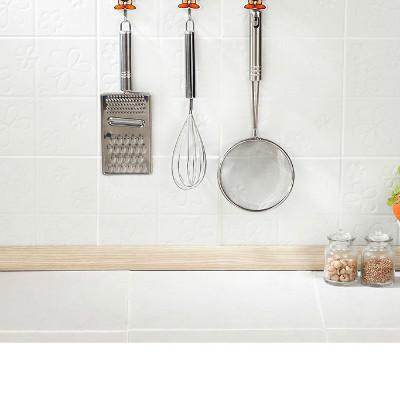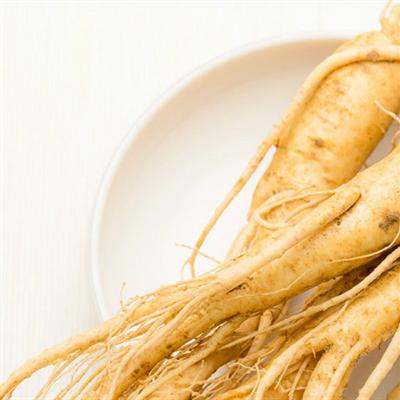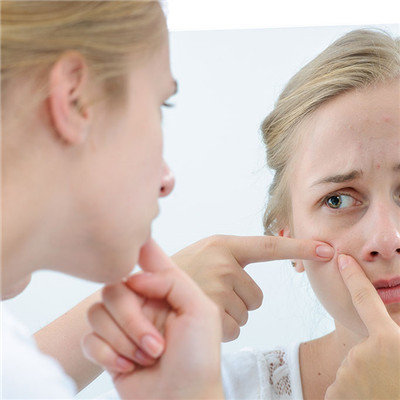How is tenosynovitis treated? Closed treatment!
summary
Tenosynovitis is an inflammation formed at the junction of the tendon and the shell plate of the hand. It is mainly due to the frequent activity of the tendon in a short period of time, excessive force or chronic cold stimulation, which leads to inflammatory reaction and fibrous degeneration of the tendon sheath tissue, thickening the tendon sheath, causing sheath stenosis, limiting the activity of the tendon in the sheath, and inflammatory reaction also causes local pain. Tenosynovitis is a kind of non bacterial inflammation. Mild symptoms can be treated by massage, smearing shaolishu and acupuncture. Severe cases need surgery. Generally, the narrow part of tenosynovitis is cut and partially removed, so that the tenosynovitis no longer compresses the tendon. Tell us how to treat tenosynovitis.
How is tenosynovitis treated? Closed treatment!
Method 1: drug treatment of tenosynovitis: oral non steroidal anti-inflammatory drugs, tenosynovitis patients can be injected into the sheath containing sterols drugs for blocking treatment.

Method 2: conventional conservative treatment: if carpal tunnel syndrome or tenosynovitis occurs in the acute stage, when you feel pain, swelling and burning, you should stop working and let your hands rest. Use ice compress, electrotherapy and other methods to reduce swelling and pain. After entering the chronic period, in addition to rest, attention should be paid to the local blood circulation. Rehabilitation treatment includes hot compress, massage, ultrasound, local electrotherapy, etc. to control symptoms, and wear protective equipment when necessary. In order to prevent activity limitation and muscle atrophy caused by inflammation, appropriate hand and wrist exercises should be carried out.

Method 3: massage treatment: the affected part of tenosynovitis can be treated with hyperthermia, massage and full rest for about 3 weeks, especially to reduce the manual labor causing the disease.

matters needing attention
In laundry, cooking, knitting sweaters, cleaning and other household chores, we should pay attention to the correct posture of fingers and wrists, do not over bend or stretch; do not carry too heavy things; do not use too much force on fingers and wrists. When washing clothes in winter, it's best to use warm water, sweep snow after snow, and also wear cotton gloves to prevent cold hands.











